Oliver Perkins Bleeding Edge

Oliver Perkins
Bleeding Edge
installation view: Hopkinson Mossman, Wellington, 2018
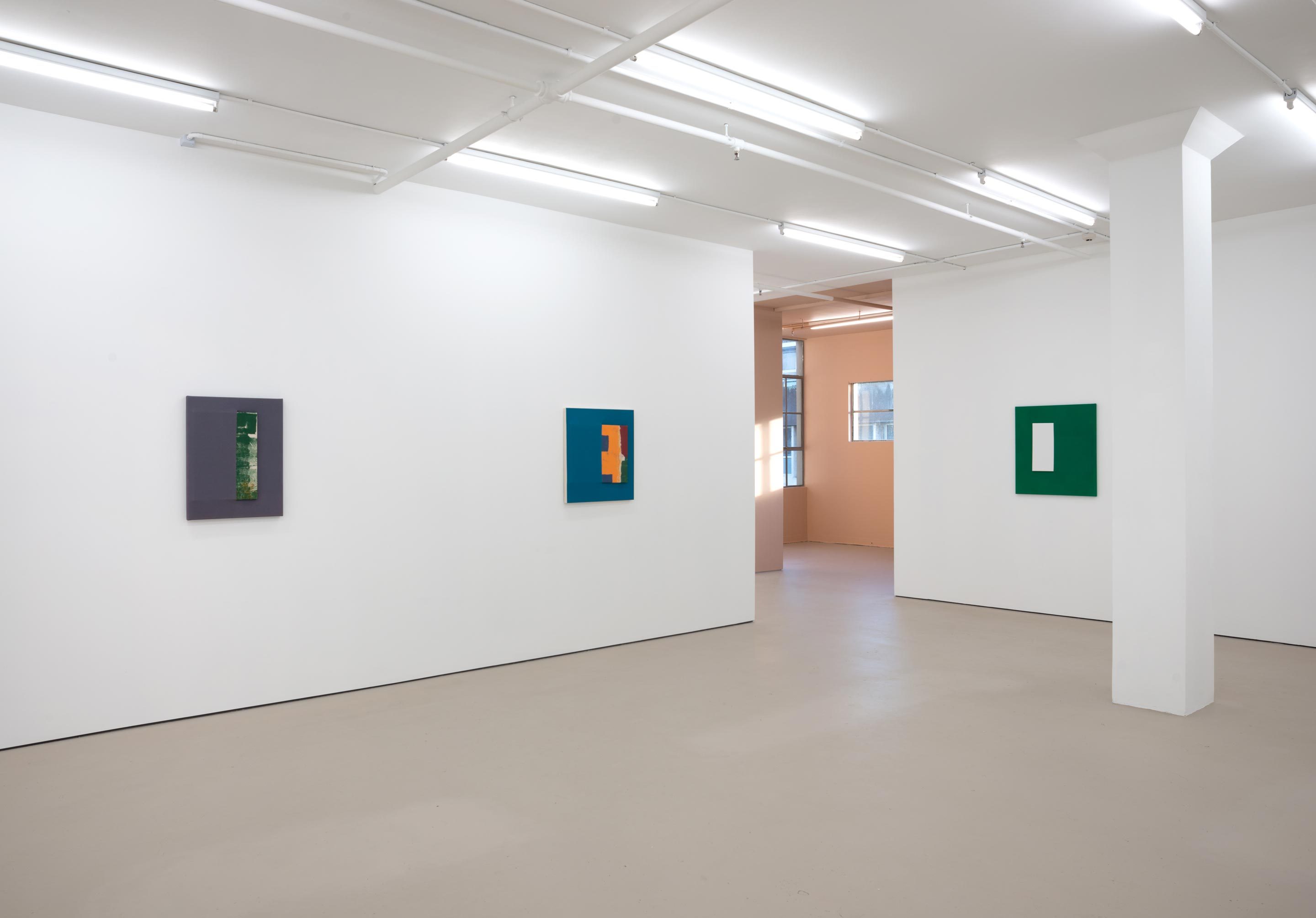
Oliver Perkins
Bleeding Edge
installation view: Hopkinson Mossman, Wellington, 2018
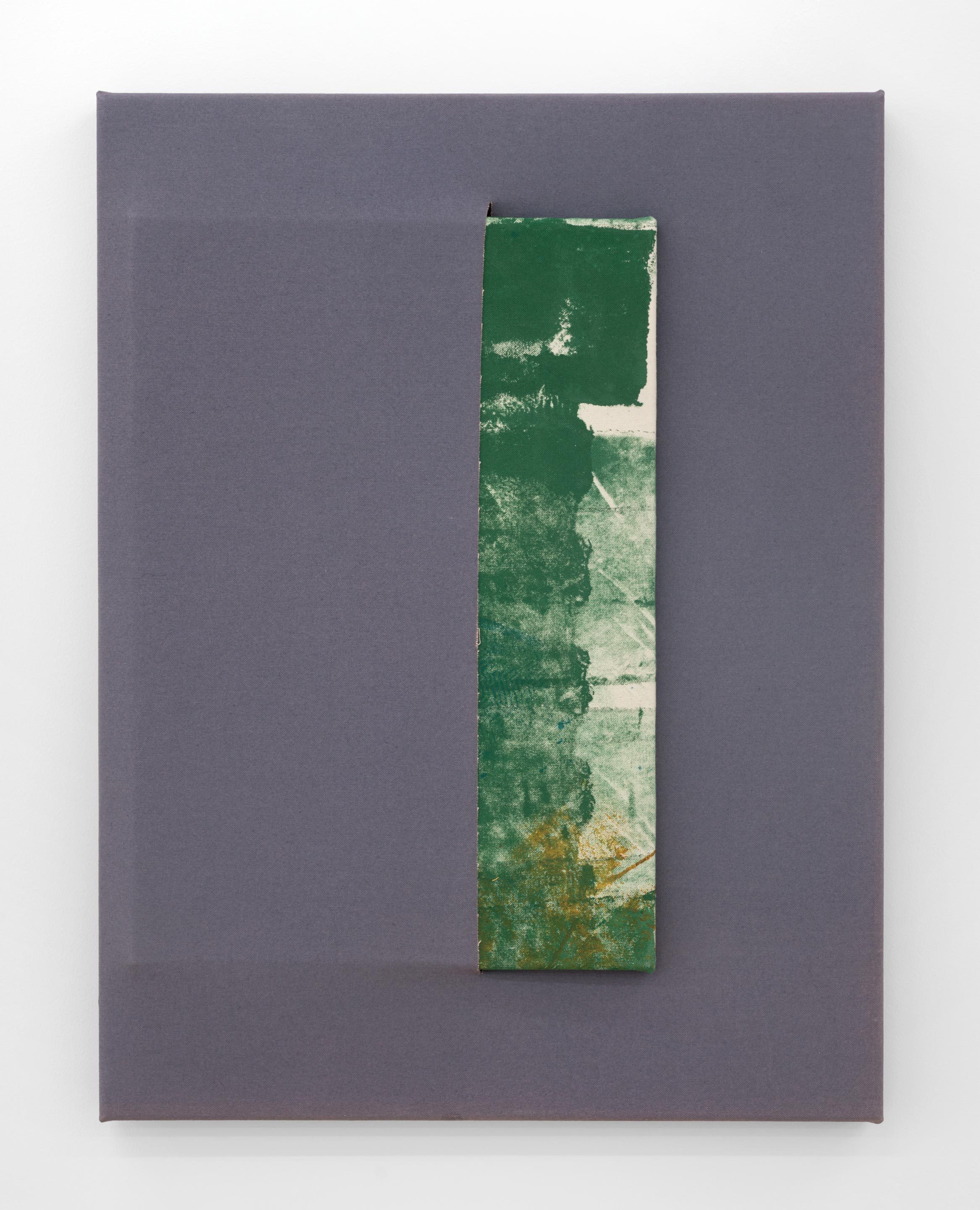
Oliver Perkins
Untitled, 2015/2018
acrylic, rabbit skin glue, ink, canvas, pine stretchers and staples
650 x 500mm
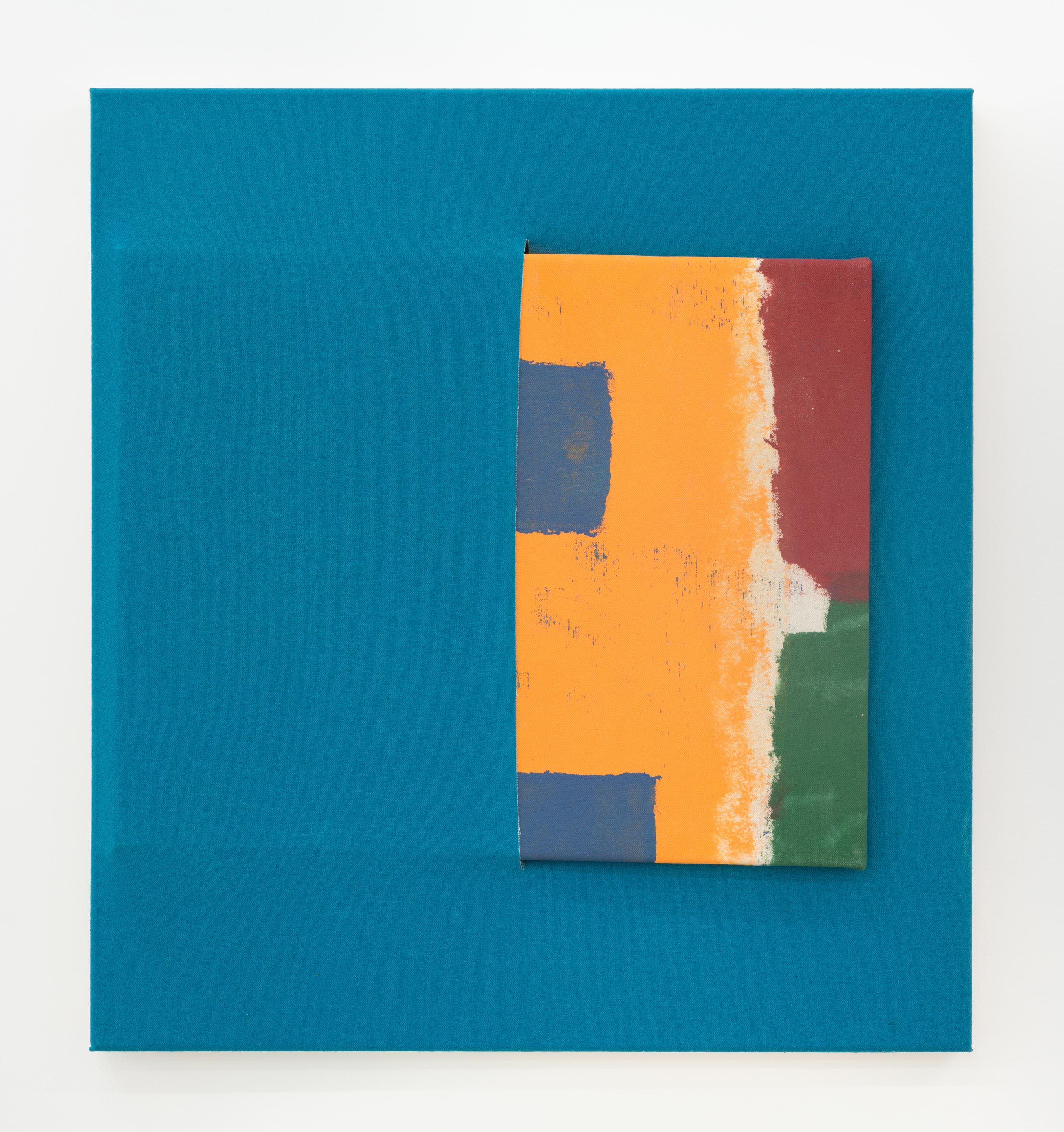
Oliver Perkins
Untitled, 2017/2018
acrylic, rabbit skin glue, ink, canvas, pine stretchers and staples
650 x 600mm
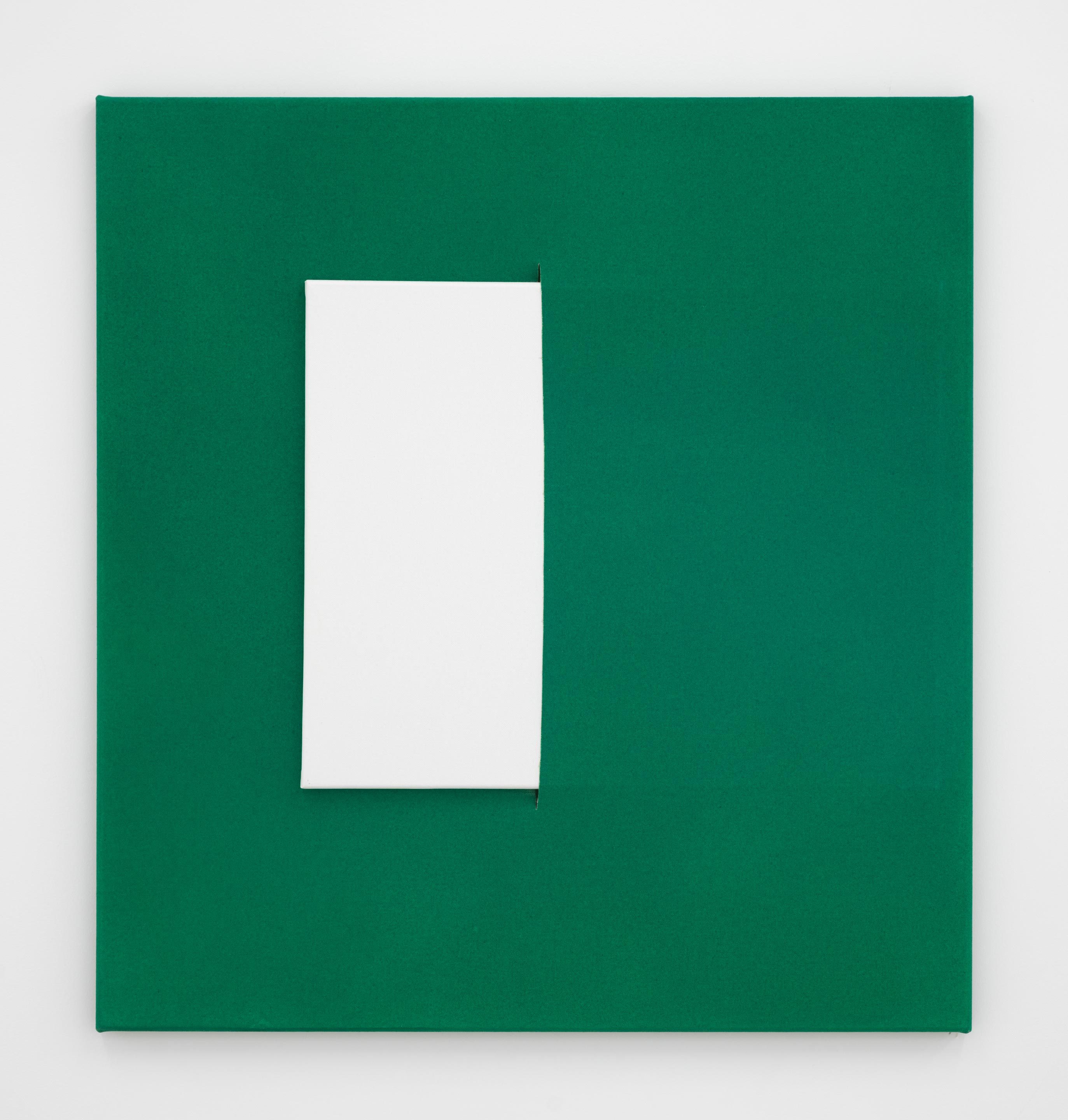
Oliver Perkins
Untitled, 2018
pre-primed canvas, rabbit skin glue, ink, canvas, pine stretchers and staples
750 x 700mm
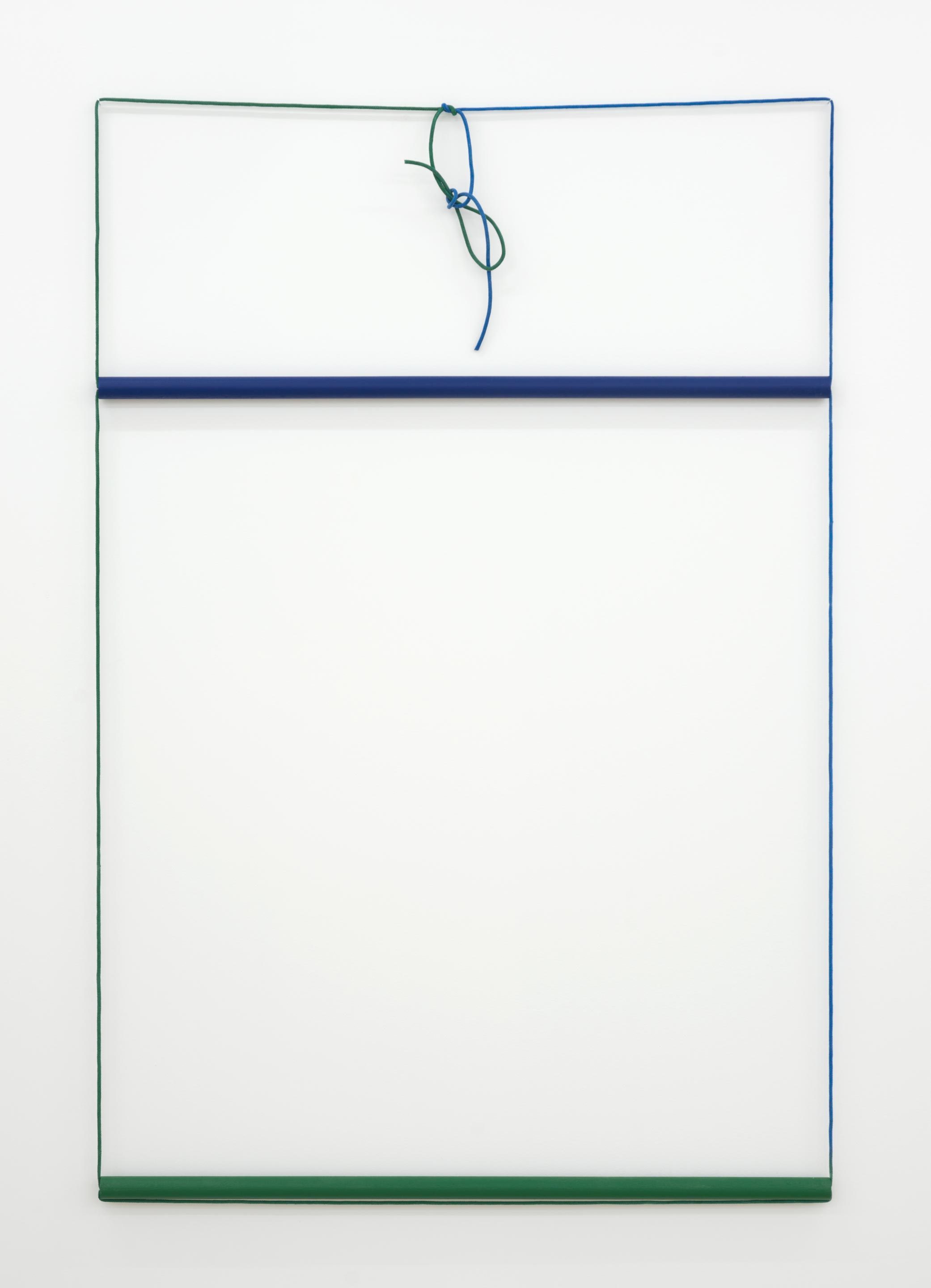
Oliver Perkins
Untitled, 2017
Acrylic, cord, dowel and staples
1147 x 997mm

Oliver Perkins
Bleeding Edge
installation view: Hopkinson Mossman, Wellington, 2018
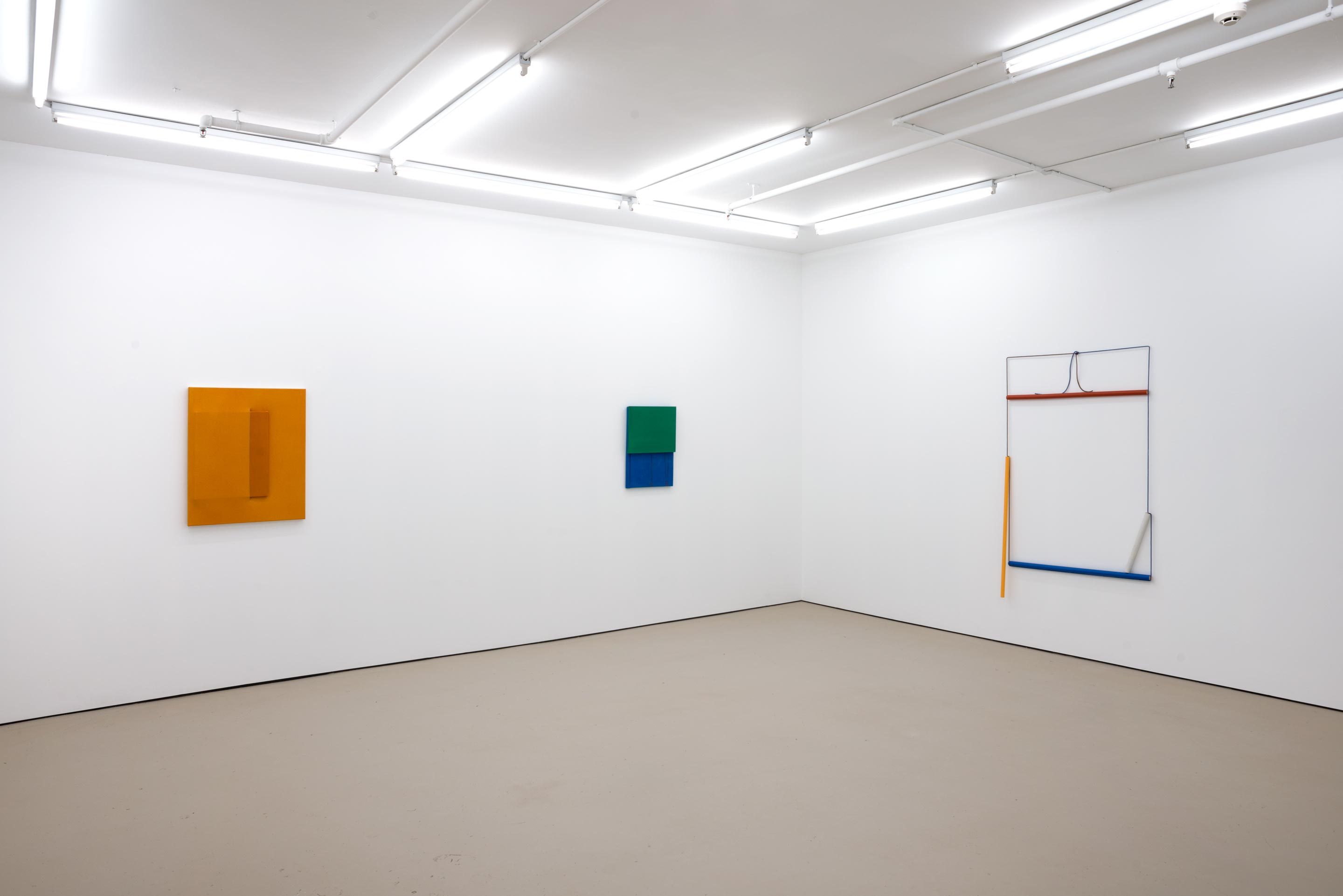
Oliver Perkins
Bleeding Edge
installation view: Hopkinson Mossman, Wellington, 2018
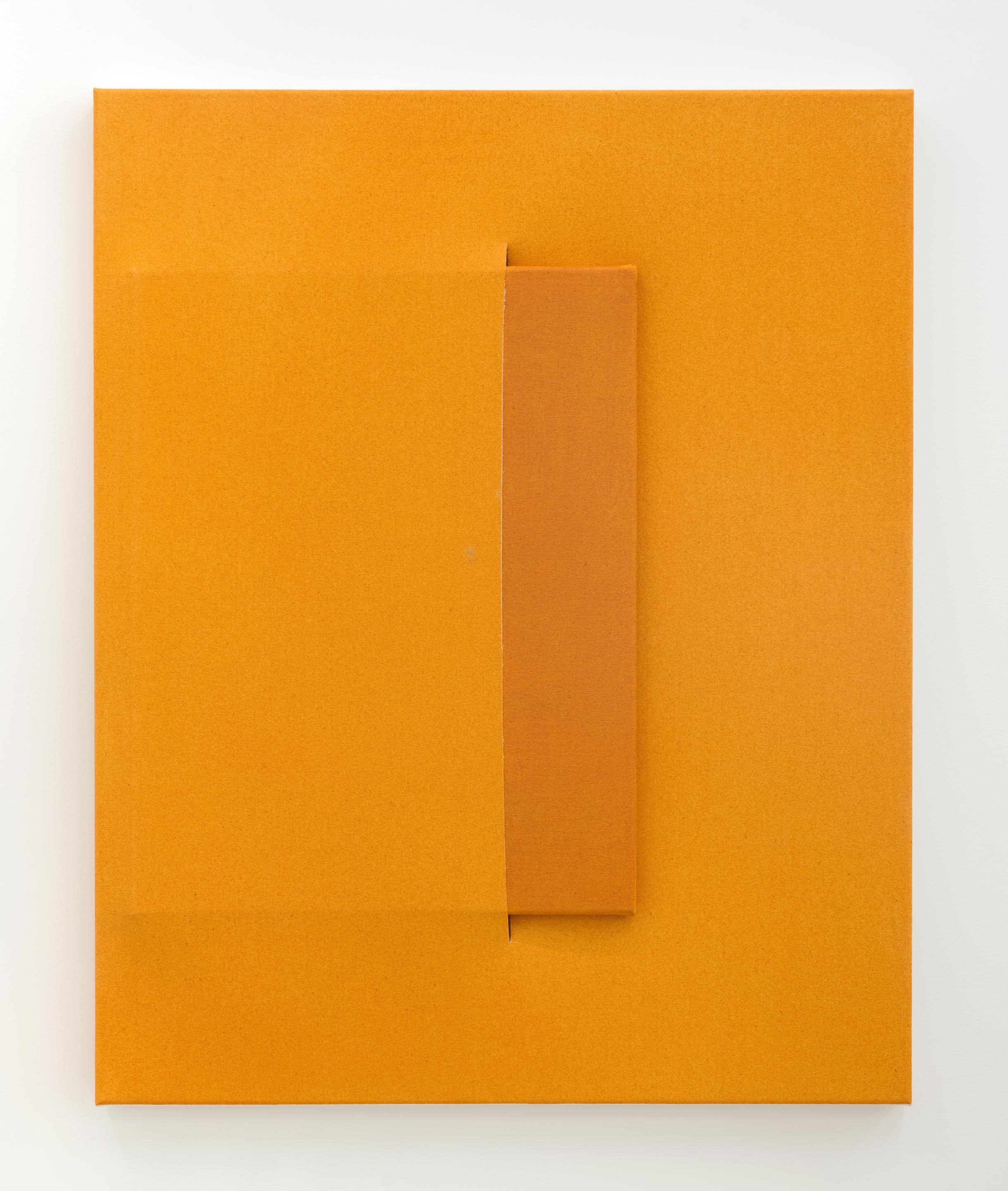
Oliver Perkins
Untitled, 2018
acrylic, rabbit skin glue, ink, canvas, pine stretchers and staples
800 x 650mm
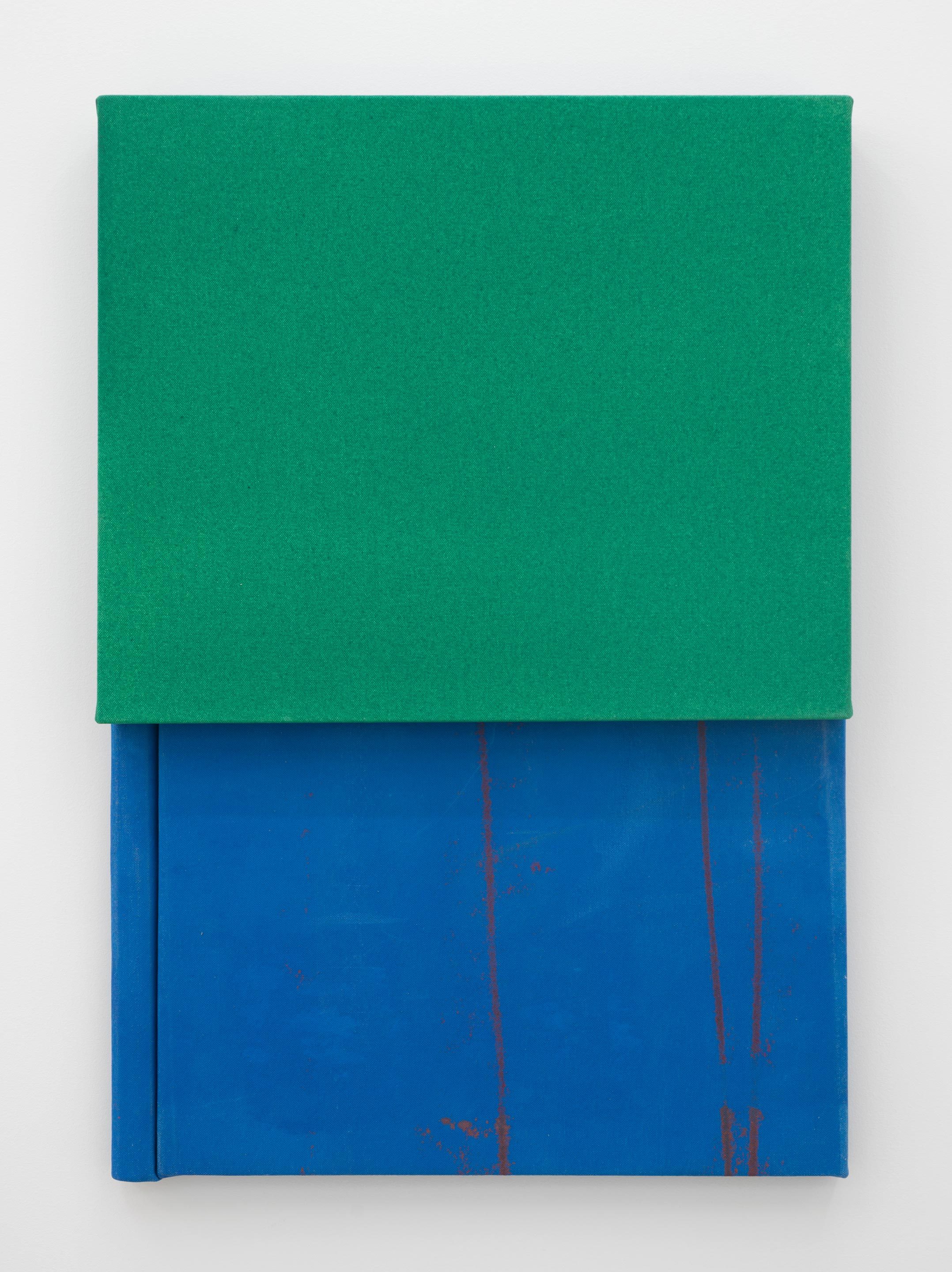
Oliver Perkins
Untitled, 2018
acrylic, rabbit skin glue, ink, canvas, dowel and pine stretchers
620 x 430 mm
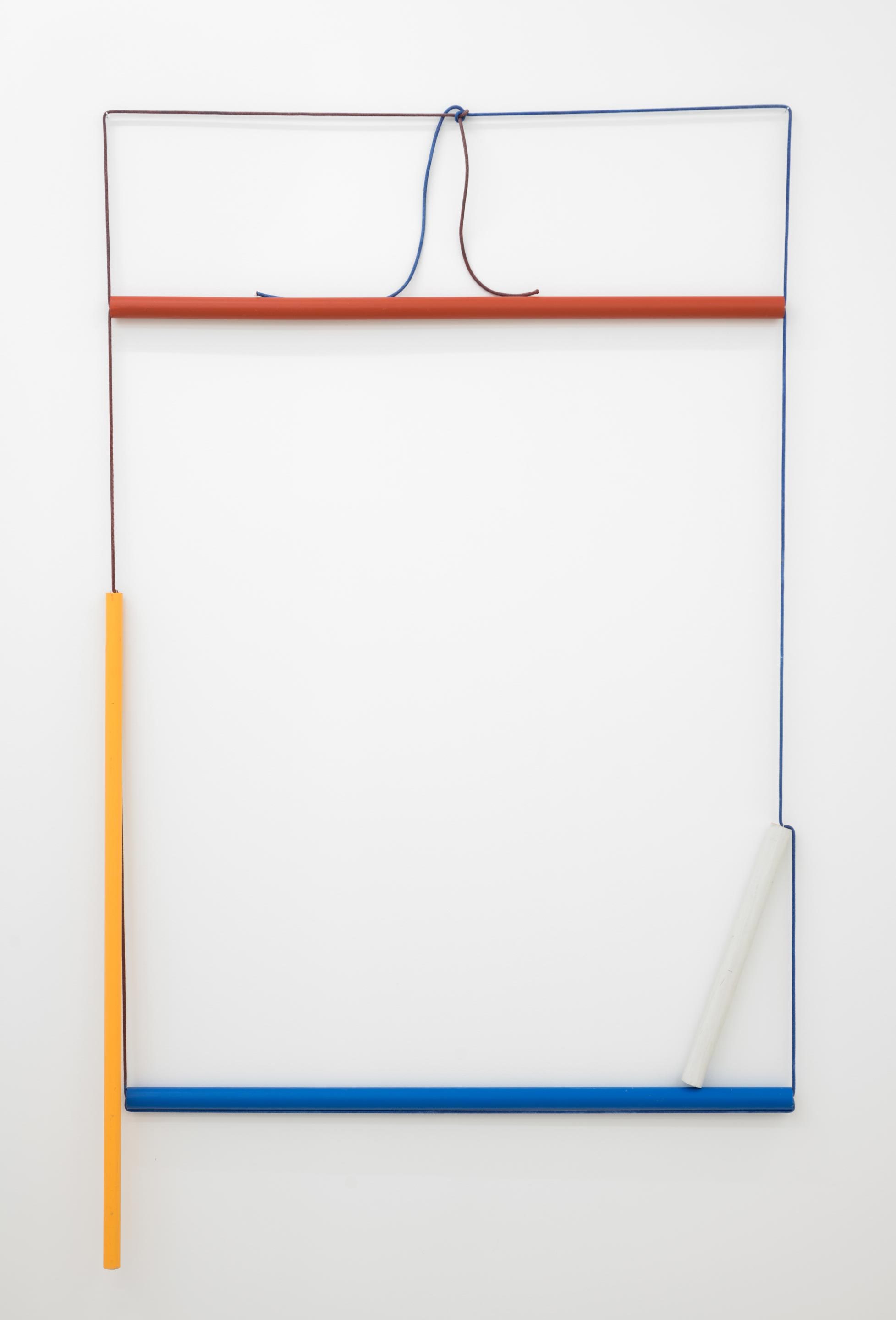
Oliver Perkins
Untitled, 2017/2018
acrylic, cord, dowel and staples
1445 x 1000mm

Oliver Perkins
Bleeding Edge
installation view: Hopkinson Mossman, Wellington, 2018
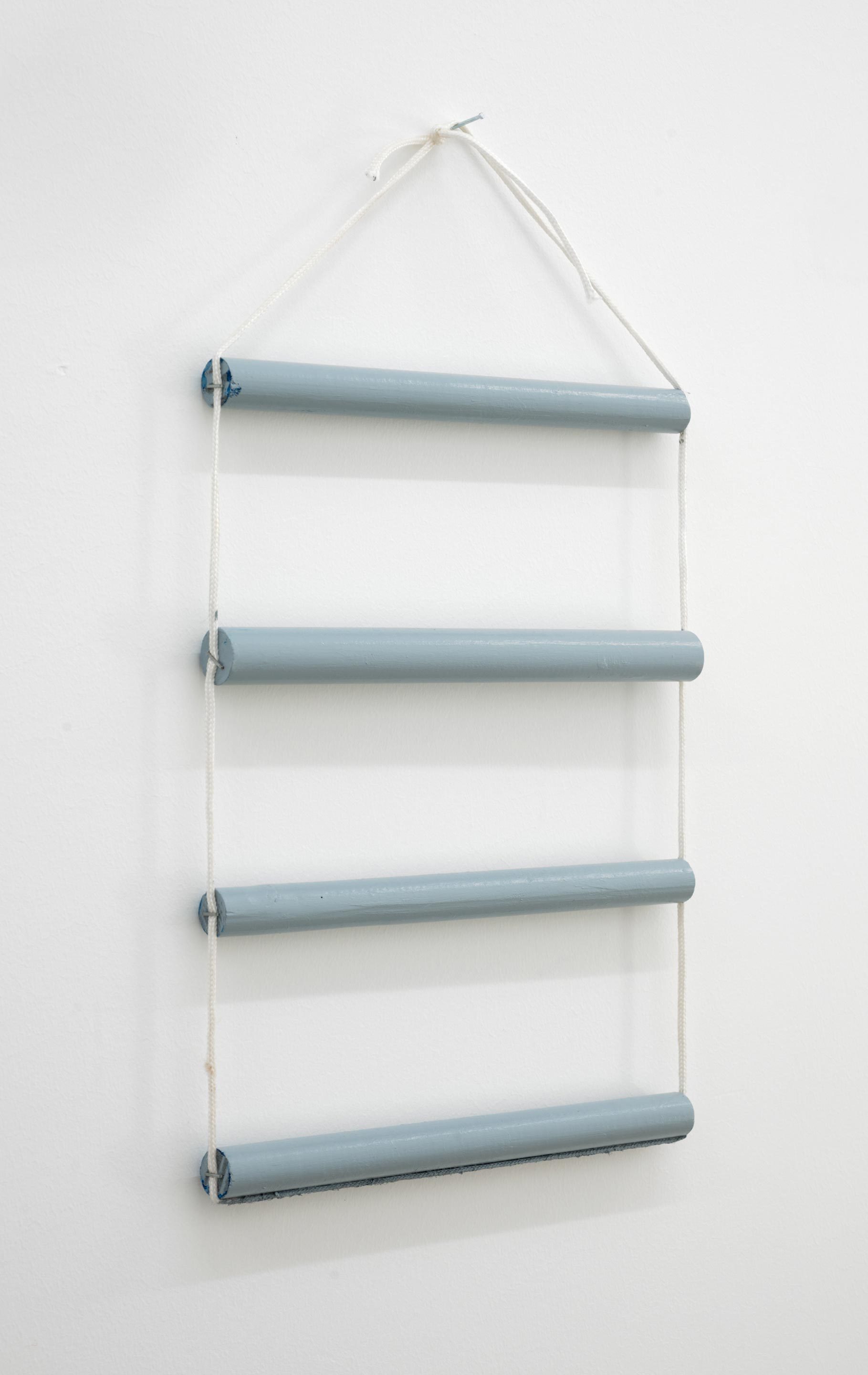
Oliver Perkins
Untitled, 2017
acrylic, cord, dowel and staples
435 x 320mm
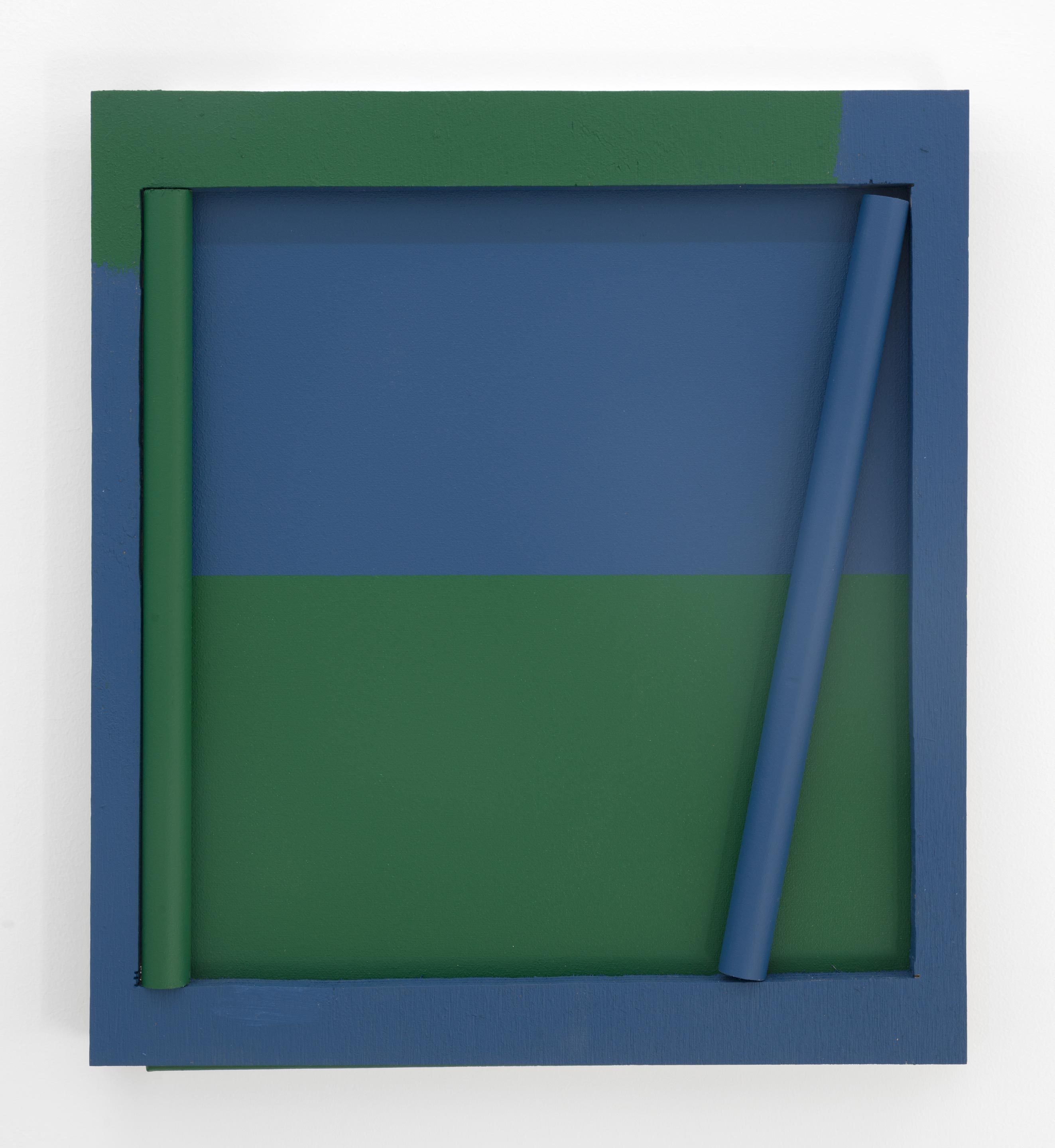
Oliver Perkins
Untitled, 2018
acrylic, ply, pre-primed canvas dowel and staples
502 x 460mm
Oliver Perkins
Bleeding Edge
01 June – 07 July 2018
Hopkinson Mossman is pleased to present Bleeding Edge, a solo exhibition of new work by Oliver Perkins. Bleeding Edge is Perkins’ fourth solo show with the gallery and first in Wellington.
In cartography and printmaking, the bleeding edge is the edge of a print, chart, or map on which the printed image extends beyond the normal margin to the edge of the sheet. Alternatively, the scientific or technological definition of the term refers to a project that is on the very leading edge of development. The words “bleeding edge” illustrate the inherent risks – physical pain or a monetary equivalent – that accompany radical innovation at the edge of accepted knowledge.
In his new exhibition at Hopkinson Mossman, Perkins’ process embraces the moment of potential that engenders a moment of jeopardy, or risk, deconstructing the painting surface, physically cutting it, compromising it, in a continuously evolving process of innovation. The paintings in Bleeding Edge are relatives of Perkins’ earlier implant paintings, yet instead of a painting inserted beneath the canvas skin, the secondary painting here is partially exposed. Sometimes inserted still wet with rabbit skin glue, the gesture is fluid and takes place within the act of painting, to reveal that which “hovers at the fringes of our attention”.*
In one work, a canvas is incised, and through the cut a second canvas protrudes in parallel. The combination of objects draws our attention to the only visible margin of the inserted work, while creating a new margin in the raised surface of the first canvas, non-identical in surrounding width, and taut slope. In another piece, a simple yellow fold protrudes from a yellow canvas, a generative extroversion of Fontana’s cut, or inflation of the flatness of Ellsworth Kelly’s wobbly-yet-flat geometric formalism.
Perkins has returned to the seductive surfaces generated by rabbit skin glue, commonly referred to as size (a gelatinous substance which when warmed to a liquid is typically used to treat a canvas before paint is applied), imbued with dye, ink or watercolour to create luscious, coloured surfaces. The pigmented substances that stain the canvas become taut as they dry, securing the encompassed insert.
For Perkins, the studio is an extension of the operative painting brain. The artist describes his practice as ‘porous’, that is, it absorbs all kinds of material observed in his environment. Whether it is other paintings, vernacular architectures, colours, design or craft objects, these encounters are revisited and reshaped in a continuously evolving, experimental, studio practice. The resulting works must keep up with the cognitive pace in the studio on any given day: “the painting must move, distort, be pushed and cut”.
In his essay, What is a Thing?, Heidegger asserts that “What things are cannot be contrived at a desk or prescribed by generalized talk. It can be determined only in workshops and in the research laboratories.”** Perkins’s practice and ludic experimentation in the studio takes up this question, and handles the painting on the dual edge of a cut, an insert, a mark, an erasure, in his quest to find the ‘thingness’ of a painting.
Oliver Perkins (b. 1979, Christchurch) lives and works in Christchurch. Recent exhibitions include: Japanese Laurel, Te Uru Waitakere Contemporary Gallery, Auckland (2017); Translations, Hopkinson Mossman, Auckland (2017); Painting: A Transitive Space, St. Paul St Gallery, AUT, Auckland (2016); XXXVII Certamen Minicuadros, Centro Cultural Las Cigarreras, Alicante (2016); Micro Salon 7, Galerie l’inlassable, Paris (2016); Necessary Distraction: A Painting Show, Auckland Art Gallery toi o Tamaki, Auckland (2016); When I paint my masterpiece, Hopkinson Mossman, Auckland (2014); Accordion, Cell Project Space, London (2011). In 2017 Perkins was artist-in-residence at Parehuia McCahon House, Auckland.
* G. Harman, ‘Black Noise’, Alien Phenomenology, 2012
** Martin Heidegger, What is a Thing?, 1967
Contiguous Bodies, Bleeding Edges
Hamish Win
One is the body. The other is an interjection. One is the remnant, the other newly forged. One is this, one is that. Right from the outset this play of components oscillating about position. But why this reductionism. Why this componentry of parts. This assignation of temperament, of duty, of roles being taken up. Why not read the two paintings together as a single entity. After all, where does the host start and the parasite begin. And why the host and not the hostage. Who is the parasite in this equation, the painting that is inserted, or the other painting that holds, that claims the other. Or is it more maternal, like the marsupial, the little joey tucked into the fold, into the pouch. After all, who can forget Michel Serres’ commentary on the infant who suckles at the breast. Who would call the child a parasite, one that interrupts, and yet.
Is this just a tactical argument circulating for a place to start. Maybe the host doesn’t work here. Maybe the newer painting, the monochrome is like hospitality’s waiter. Does it not take the older painting in, like a waiter would guide the guest to their table, the host officiating the guest’s resting place. Could we be more macabre, more insidious. More vindictive, like Serres’ snake who is found frozen and taken in, hosted in front of the fire to thaw out, to achieve restitution, only to wake, indignant, twice over, not only for having been moved, being shifted against one’s will, but chastised for not being grateful enough, for not evincing a certain gratitude towards the host. Perhaps this is how we might account for the kind of fervour that is so evident here. After all, how many paintings play host to another. Is there not a kind of archive fever at work, of a settling of scores, of an amendment being tabled, being filed away, of so many remnants and fragments, of older paintings being finally sorted away. This accounting, this storing of the studio’s remnants, now carefully partitioned, is indeed put forward as a proposition. But is there not also a certain chagrin of false-gratitude, in the sense that they too have been imposed upon, guided unwittingly into a final resting place. What compounds this is the contraction so evident at work, in which the fragment is apportioned, taken out of circulation. These remnants are transposed, rent asunder from their own field. They will no longer accumulate so many marks, so many accidental scuffs, those indentations of wear, of playing host themselves to the thousand operations of the studio where the craftsman labours.
So one is neither the host nor the waiter but a mechanism in a much larger situation. Perhaps we need an adjudicator, someone to mark where this begins and that begins. Who plays host and to what purpose. But such demarcation wouldn’t put an end to this torpor, this indecision, to this tracing of indetermination. Rather it would mistake the field for the map, the demarcation for the particularities of a rather peculiar practice, pushed indefinitely, intractably, into legibility, so that what we see are not mere representations but instances of volatility, of motion, of a sustained, slow structure of intent.
Perhaps some practicalities would make this less opaque. The monochromes are made through an application of pigmented rabbit skin glue so that as they dry, these apertures, these slashes in the canvas grow increasingly taut. This allows the insertion of another painting, so that it nestles into the fold, into the torn canvas, and yet this isn’t so much an aggressive act, as it would be in Fontana which begs the frisson of modernity’s masochistic violence, but rather a more subtle addition, of a shifting in, of a painting taking up residence in another. This is less the act of a parasite, the more it is a sort of symbiotic twinning, an abuse in the old fashioned sense of simply making use of what we are near to. Which is also to say that perhaps the monochrome grew bored of its dull colour and summoned its counterpart. That at least would compound the monochrome’s role as host, as in its neutral comportment, indeed its fuzzy welcoming tones, its cordiality, which makes it available to others. Indeed, we might say that like the hotel room the monochrome’s palette is intentionally wiped clean, it erases any element of surprise and in doing so it makes itself open. It is able to play host by becoming the environment that can accommodate us, it openly invites us to close the stercorian door, as Serres would put it.
So this hosting, this waiter that takes in the older painting. The smelly remnant from the studio floor, this too has, annoyingly, played host. How can we circle around this format so endlessly without getting the point. That the host isn’t static. That the host isn’t a demarcated position we take up at will. No wonder we don’t need a referee. Someone to blow the whistle. Nor can we have an accurate map when the ground keeps shifting. The host interchanges, like the child who suckles, who later nurtures, who later takes according to her needs. Always the host shifts according to their position. One moment you are the parasite, the next the hostage, and later perhaps the host. Always turning, always changing. Like this remnant, this offcut from the studio, which once escaped its consolidation as a position, only to be inserted finally into a symbiotic painting that makes the logic clear. Indeed this interjection, this inserted painting is suffused with a range of arbitrary marks, again a type of hosting, in which the intention of the craftsman is marginalised so that what we have is neither a found text, nor the careful composition of a type of abstraction we would reduce to a symbolic field even as much as we might claim to resist such semiotics. How often do we not suggest that these arbitrary marks, these preferential marks where intent is so marginalised have a sort of elevation, a hierarchy of privilege simply because they are no longer authored by any one composer, but are instead multi-various, suffused with an avarice we cannot name. Are these not also parasites who take advantage of a position, just as the author, who ultimately scoops them up, only to proportion them, to fix them, might similarly be said to both host and parasite their position.
Could we have a better insinuation of contemporary painting then this interjection, this hosting of one parasite by another. Do we not have a constant tension, oscillating between its state of purification, and its feasible motility, that moment in which the arbitration of abstraction intercedes with its sign, not its semiotic, not its figurative device, but its sign of life, its volatility, its causality, that symptom of life’s contiguity which sweeps us all along. No longer do we have the sheer reductionism of a symbolism that would endorse the clean monad, that independent unit of control and mastery, but rather a contaminated product. Do we not witness the host and abuser in total enthrallment of the other, both interchangeable, both indecipherable. All of which amounts to a kind of equation without end, of a kind of arrow which propels the viewer. It’s not simply a trick of optics, but a matter of sensibility. Not just a final condition, but a kind of affinity that foments a vitality of its own kind.
It may indeed be possible to read this hosting as antecedent to what Serres calls soft-pollution, that coercive manipulative noise that surrounds us, that visual, oral, semiotic dense demarcation of the world’s contiguity into so many divisive agendas, so that what surrounds us is the fragmentary bombastic world of refrains that would fix us before a screen. These refrains aim to staunch the flow of motion in preferential directions, in what Guattari calls mass-serialisation, in which one uniform is so alike another. No wonder the arbitrary mark has so much sway in contemporary painting. No wonder we lurk under the sign of precarity and labour under conditions of facile curation or pivotal entrepreneurship. All presume a kind of resilience, if not adaption to this unconditional pollution which marshals the asymmetrical use value of abuse, of one being used by those who are near. No wonder then that painting would turn to this kind of weariness, to this wry reckoning of soft pollutions’ symbolism, not attacking it forth-rightly but gentle probing, assuming the very conditions of a weakened subject, one preyed upon, to look instead for another language, another instance in which the parasite becomes the host, the host the parasite.
The alternative of course is to reclaim that very stream of symbolism, to interject into this mass-serialisation so that painting takes on a kind of conditional materiality, a social object that courses through exchanges, a screen among others, charting the contiguity of so many lives. This is the kind of accelerated reading we see in David Joselit’s essay “Painting beside itself” in which painting becomes reflexive of its social mobility so that it might guide its own uptake within this circuit. Nothing seems to exemplify this more than Jeff Gey’s bubble paintings, those packaged works that traverse from one exhibition to another, slowly accumulating their own sociality, their own legible movement. Closer to home we might see in Julian Dashper’s exhibitionary curriculum vitae another adaption to this soft pollution, as a means through which to navigate the redundancy of painting’s figurative symbolism in an age of too many images. Of course then we have a kind of muting of painting, a predilection less for what a painting is, the more it is for how a painting is made. No wonder practitioners like Wade Guyton and Josh Smith thrive, precisely because they expose the very condition of how their paintings are made. In this ilk these hosted paintings are no different. They display so evidently exactly where and how they come into being, ingenious even in their presumption to unite two wholly othered paintings, to be so disjunctive in an age in which contiguous surfaces so casually ease our passage. It’s here that the other paintings on display begin to augment the indecisiveness of these hosted paintings, to flesh out the refrain of host and prey, of a volatility with no end.
Take for instance the very first painting you see as you enter the exhibition. This muted grey painting, of rods and string hung so simply so that it almost fades into the wall. It is a kind of ladder, but never utilitarian so. Instead it is a sort of mechanism, a diagram of things that join. There is a certain logic to it. Of rods and rope, a kind of abacus that focuses less on the ability to solve a problem the more it presents the very means through which such logic works. In this sense we might think of this abacus as a kind of host to how thought works. We can project not only onto it but through it, carrying with its additional structure, its propensity to add yet another ladder, yet another loop of string, as so many contiguous bodies do. Which is not to point to a hybrid object but to point to a body that collapses distinctions of near-and-far, that is contiguous with a stream of bodies, it is adaptive and adjudicative. As much as it takes up a position on this grey wall, turning it too into a host, it too is a disjuncture right at the beginning. And yet, is it not also an introductory logic. It says already which way the stream flows. Likewise, we meet an array of intermediary paintings, folds, absences, always adjudications on a theme, not just the arbitrary mark, but the arbitrary mark across an array of surfaces, both hosted on it and yet performative of the platform. Both are a kind of host and prey, a body with no end. Contiguous, and streamlined, marshalled towards a kind of volatility that isn’t just reflexive but bleeds over, its continuity fecund with its own logic, its own making, so that what we evince isn’t the tablature of paintings’ sign but instead its very motility, its procreational idiom.
(June 2018)